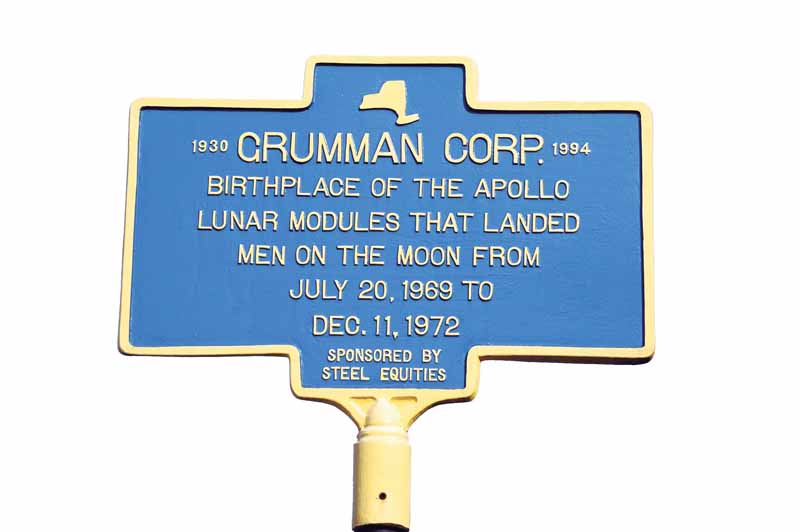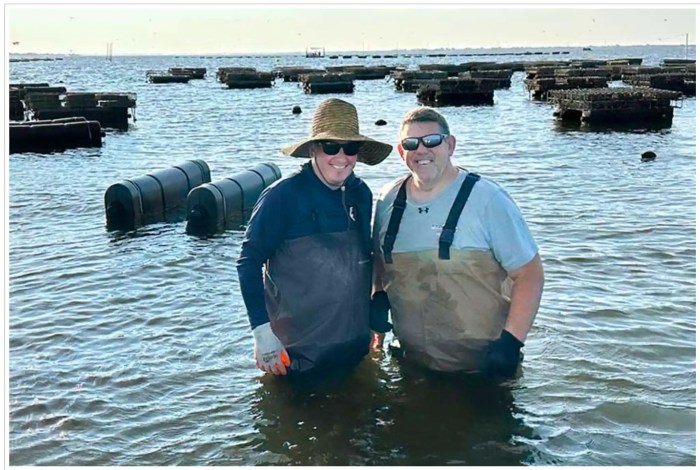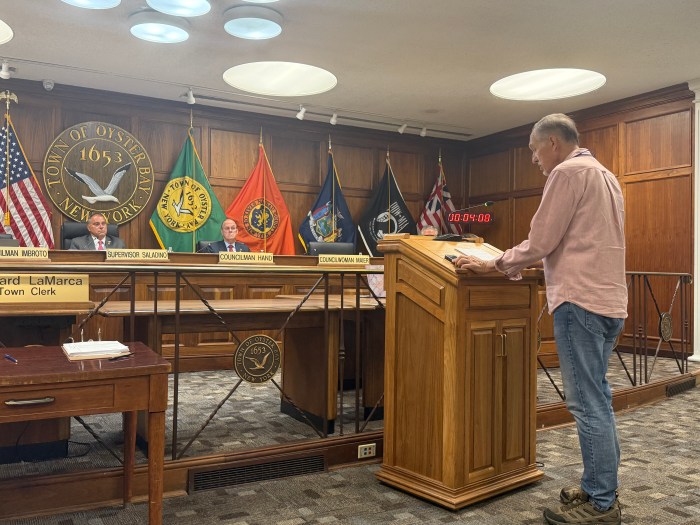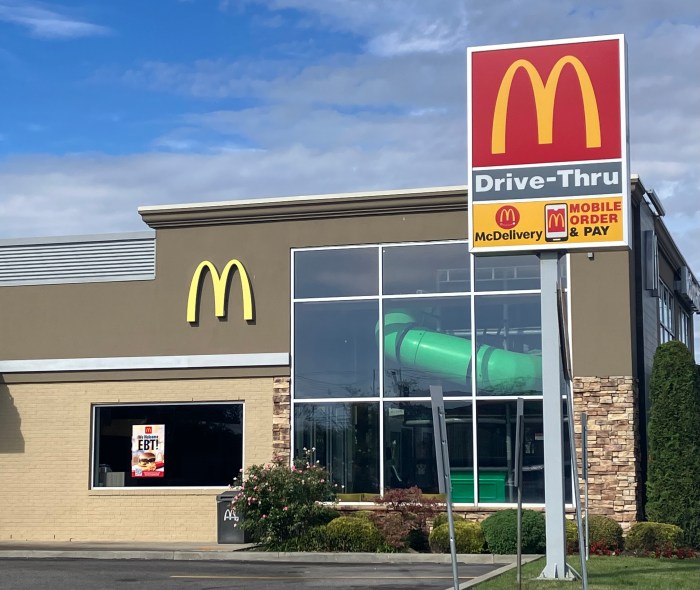Cleaning up the so-called Bethpage Plume will cost hundreds of millions and can take up to two centuries.
That’s the conclusion from a report commissioned by the state’s Department of Environmental Conservation (DEC). The Remedial Options Report for the Grumman Aerospace-Bethpage Facility, was submitted by engineering consultancy firm HDR, Inc. It came as a result of 2014 legislation sponsored by Senator Kemp Hannon and Assemblyman Joseph Saladino and funded with $150,000 provided by the state Senate.
The report from HDR notes that “Groundwater that emanated from Northrop Grumman Bethpage Facilities, the Naval Weapons Industrial Reserve Plant, the Northrop Grumman-Steel Los Plant 2, and the Bethpage Community Park-Former Grumman Settling Ponds contains hazardous chemicals above the maximum contaminant level. This groundwater is migrating to the south-southeast impacting local water supplies, and potentially impacting additional public water supply wells and other natural resources in its path.”
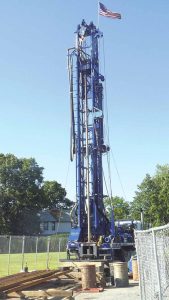
(Photo by
Frank Rizzo)
The report identifies three remedial options:
• Option 1: A series of extraction wells installed along the right-of-way of Southern State Parkway would be pumped to capture the groundwater plume, a new centralized treatment plant would be built and the water would be treated to surface water standards prior to discharge to Massapequa Creek. Estimated cost: $268 million.
• Option 2: A series of extraction wells positioned in or near existing Nassau Country stormwater recharge basins would capture the groundwater plume, the Cedar Creek Water Pollution Control Plant would be upgraded to receive the additional flow and the water treated to meet the wastewater treatment plants discharge limits prior to being discharged to the plant’s outfall. Estimate cost: $552 million.
• Option 3: Includes the use of three South Farmingdale Water District wells and the installation of up to seven new groundwater extraction wells at Nassau County Recharge Basins and the Southern State Parkway. The water supply wells would be disconnected from water mains and connected to the sanitary sewers. This option includes the installation of up to 12,000 feet of new sanitary sewer lines and a major upgrade to the Cedar Creek Water Pollution Control Plant. Estimated cost: $587 million.
All three options, according to the report, “could operate for over 200 years” and would “result in the loss of hundreds of billions of gallons of freshwater from a sole source aquifer.”
In conjunction with the release of the report, on Aug. 3, Governor Andrew Cuomo announced that the DEC will seek to hold Northrop Grumman and the U.S. Navy liable for damages to the groundwater as a result of contamination from the Northrop Grumman State Superfund Site in Bethpage.
In a letter sent to both the Navy and Northrop Grumman, DEC General Counsel and Deputy Commissioner Thomas S. Berkman wrote, “Your company has been identified by the Department as a potentially responsible party in connection with the release of hazardous substances at the site, and therefore, liable for the subsequent natural resource damages relating to these releases. Accordingly, you are invited to participate in the development and performance of the natural resource damage assessment (NRDA), as well as in its funding.”
Northrop Grumman and the Navy, under Consent Order with New York state, are continuing to conduct remediation work as well as testing of groundwater.
In response, the U.S. Navy said that it “is in receipt of the Notice of Intent letter and is currently evaluating it in order to provide a response within the requested time frame,” said Todd W. Lyman, public affairs officer.
Meanwhile, Grumman’s director of communications Vic Black said Grumman works closely with the DEC and will review the details.
“Northrop Grumman continues, as it has done for several decades, to work in close coordination with the United States Navy, the United States Environmental Protection Agency, the NYSDEC, the New York State Department of Health and other federal, state and local authorities to address various legacy environmental conditions in the Bethpage area,” he said. “We remain dedicated to sustaining this effort with the regulatory agencies and other responsible parties.”
Also weighing in was the recently-formed Long Island Clean Air Water Soil (CAWS). Co-director David Denenberg wrote “Another report that we waited years for and yet another demand to Northrop Grumman and the Navy to pay for the cleanup is hardly aggressive action by the DEC and our state.”
“Instead of more correspondence which will certainly lead to more delay,” he continued, “the DEC must commence a coordinated remedial action immediately and, if the Navy and Northrop Grumman do not cooperate and pay the costs, take legal action. But above all, after 70 years, let’s delineate, contain and remediate this plume. It is ironic that federal and state officials keep making demands when it is the U.S. Navy and the NYSDEC that can implement a full remedial action plan but have failed to do so for decades.”
“As stewards of our environment, I’m reminded of the Great Law of the Iroquois nation. In our every deliberation, we must consider the impact of our decisions on the next seven generations,” said co-director Claudia Borecky. “In remediating the toxic plume, we must make sure that we preserve and protect our sole source of drinking water for generations to come.”




